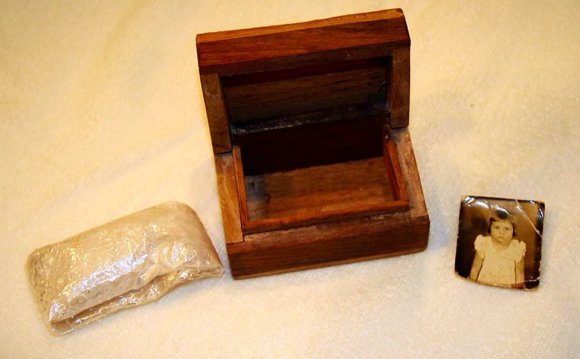
 Although most of my clients have already prepared for this moment, some haven’t had the opportunity — as in the case of sudden death. Hence the word “excruciating.”
Although most of my clients have already prepared for this moment, some haven’t had the opportunity — as in the case of sudden death. Hence the word “excruciating.”
It's probably why I decided to begin talking to my clients about their death options before their pets’ deaths.
Thinking About Cremation in Advance
I actually adopted this new approach on the express recommendation of a client who'd suffered through one of these devastating conversations. She’d felt strongly that the process would have been easier on everyone if she’d had the chance to think about these things ahead of time. I couldn’t disagree.
So I now raise the subject of death options in advance of euthanasia or natural death in the cases of imminently terminal patients, high-risk surgical cases or extreme geriatrics.
The problem is there aren’t too many options, because most pets are euthanized by injecting them with drugs we’d rather not introduce into the water table and most municipalities have laws that forbid the interment of noncremated pet remains.
This is why the No. 1 decision with most pet patients involves whether to cremate them communally with other pets or individually, also known as private cremation. In the former case, your pet’s ashes can't be returned to you, since they are mixed with other ashes. In the latter, your pet’s cremains will be returned to you (usually within a week). If you’re unfamiliar with the term, cremains are what’s left of a body following cremation.
According to the Cremation Association of North America, the cremation rate in the United States rose from 15 percent in 1985 to 27 percent in 2001. By 2020, it’s predicted that more than half of all Americans will elect cremation for themselves or their family members.
The Basics
For many people, choosing cremation comes down to its lower price, the reality of more moveable lifestyles and the relaxation of religious mandates in favor of interment, but I think some of it can be attributed to a greater familiarity with cremation — especially given that many pet owners have sent their beloved animals to a crematorium instead of a spot in the backyard.
Of course, that doesn’t mean cremation is an obvious alternative for all pet owners — or that we’re all comfortable with the process. In fact, cremation is still a tough concept for many pet owners, who have plenty of questions. Here are five I'm asked regularly and here are my very frank answers.
1. How does cremation take place?
Cremation is a thermal process that reduces an animal's remains to bone fragments. It takes 30 minutes to two hours for most pets. The final step is to pulverize any remaining bone fragments (they are not totally consumed), producing the finer ash that pet owners receive.
2. What will my pet’s ashes look like?
Ashes will usually be a gritty gray substance that comes wrapped in a plastic bag within a sturdy box. You can choose to bury the box as-is, spread the ashes in your pet’s favorite spots or transfer the remains to a box of your choice for safekeeping. Pet crematoriums also offer urns for sale or you can supply one of your own for the crematorium to deposit the ashes into.
3. If my pet dies at home, do I have to take her to the veterinarian for cremation?
Some cremation services will pick up deceased pets from their homes. Ask your veterinarian whether his trusted service offers this option for pet owners.
YOU MIGHT ALSO LIKE







